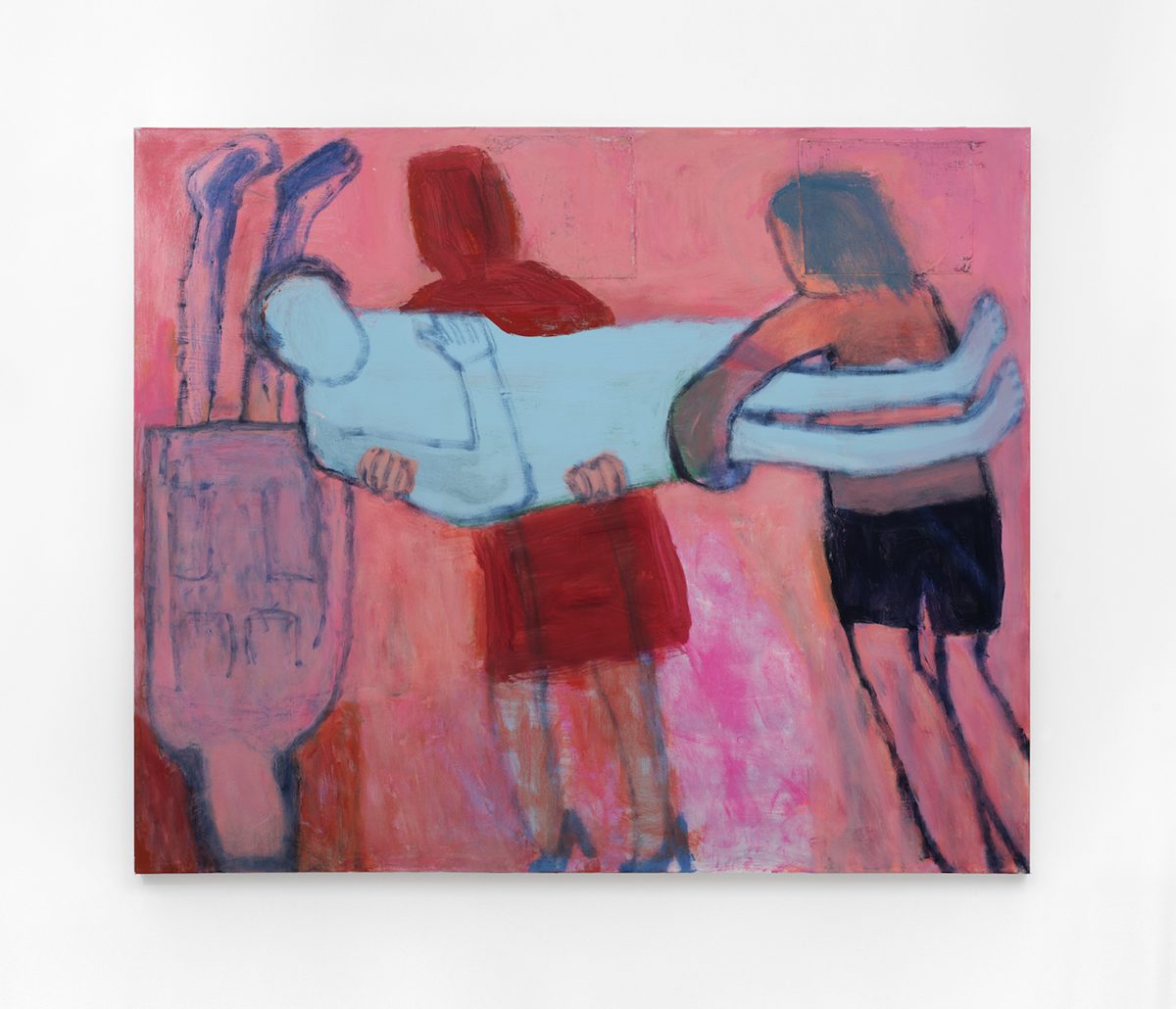
Labor inequities may be invisible to the museum or gallery visitor while being normalized to its workers, but current economic assessments reveal startling shortcomings for women in the arts.
The dropping birthrate in the United States — accelerated by the 2020 pandemic — has produced media coverage exploring the “selfishness” of mothers that delay motherhood or “mothers’ guilt” for opting out of work. Neither alleged issue is supported by the abundant economic and sociological research on women’s decision making. According to economist Elizabeth Caucutt’s study “Why Do Women Wait?” workers that postpone motherhood experience increased earnings, but upon the event of motherhood, endure sustained wage flattening. This wage penalty is amplified among women of higher education levels, resulting in fewer labor interruptions (children) due to the cost of maternity leave on future earnings and the absence of paid parental leave policies in the United States. Economist Heather Antecol argues in “The Opt-Out Revolution,” that women don’t drop from the workforce in a typical year due to motherhood unless employed in male-dominated occupations which lack family friendly policies, such as paid parental leave, child benefits and adequate wages. Since only 8% of the 3,050 galleries listed on Artsy’s database represent more than one woman artist and the three most visited museums in the world — the British Museum, Louvre, and the Metropolitan Museum of Art — have never been led by female directors, it is clear that “visual artist” is one of these male-dominated occupations. It also comes as no surprise that cultural institutions are constantly draining their talent and dismissing this retention problem as a woman’s issue, when we should look at this as a structural failure.
Examples of women in the visual arts whose experience seems to debunk the existence of what is a very real motherhood penalty are regularly discussed. Tara Donovan had her twins a decade after showing at the 2000 Whitney Biennial. Kara Walker and Julie Mehretu had their respective first child the same year each earned the MacArthur “genius grant.” Postponing motherhood optimized their career outcomes. Why should I care whether an artist made motherhood the subject of her recent photographic series or that Kara Walker is a mother? Superstars and symbols “by themselves won’t affect structural change” writer Seph Rodney recently argued. “Representation alone will not save us.” So how will we save ourselves in a system that assumes women are a substitutable good, but our films, art, and poetry are not?
Diana Al-Hadid told Artsy that she rejected the idea that motherhood changed her work: “You wouldn’t ask a man that question.” True, but it is regularly observed in economic research that married men witness a 10%-20% increase in pay over non-married males. This “marriage premium” is due to the perceived and realized increased productivity and schedule flexibility which the man enjoys thanks to a spouse who manages distracting tasks like providing meals, maintaining the home and managing family schedules. Patricia Still, for example, produced valuable time for her husband Clyfford by managing his correspondences and building an archival system that lives today at the museum bearing his name.
Several reports from the Organization for Economic Co-operation and Development (OECD), which has 37 member countries, prove hiring and wage policies by private firms do not effectively address labor inequities. US museums increasingly occupy a plural system that accepts gifts and grants while supporting policies that are anti-organized labor, which is made evident with practices of subcontracting work and union busting. When cultural institutions behave like corporations by undermining economic democracy, their ability to access public subsidies and grants must diminish.

The OECD reports also prove that public policy is a major lever for reconciling work disparities, which is why there needs to be a national childcare system, like those that already exist in Norway, Denmark and Germany. If we consider the museum professions with a higher percentage of women, such as conservation and education, the greatest concentration of these jobs are in the country’s most expensive childcare marketplaces (New York, Massachusetts, Washington DC) typically costing $20,000 annually. Children are a public good, not just a private obligation, therefore no family should have to contribute more than seven percent of its household income to childcare. Furthermore, paid sick and family leave, expanded reproductive healthcare, and a federal minimum wage of $15 must be adopted to recover and grow from our recent historic employment losses.
For members of the American creative class, sharing our stories is not enough anymore. Institutions that recently enacted new inclusion policies and diversity hiring objectives must grapple with their compensation gaps. Class and race are bound up in these issues, thus addressing one without tackling the others encourages all equity initiatives to fail. Unionization efforts must continue and organize across industry lines to pressure enactment of the public policies that our workforce needs.
The cultural industry contributes a greater share to the United States gross domestic product than agriculture, transportation or construction, proving that creative work is work. So when representation in the labor force reached a 33-year low for women after filing 86% of December’s jobless claims, any exhibition or article debating the power or stigma of motherhood signals a colossal failure to confront the quantifiable impact of that role on employment.
Research shows that women in the labor market are essential to economic growth, fighting poverty and maintaining those fertility rates that the New York Times is so worried about. It will take a lot more than grants, residencies or pointing to the same five female artists who “made it” after motherhood to reverse what has been lost.
0 Commentaires